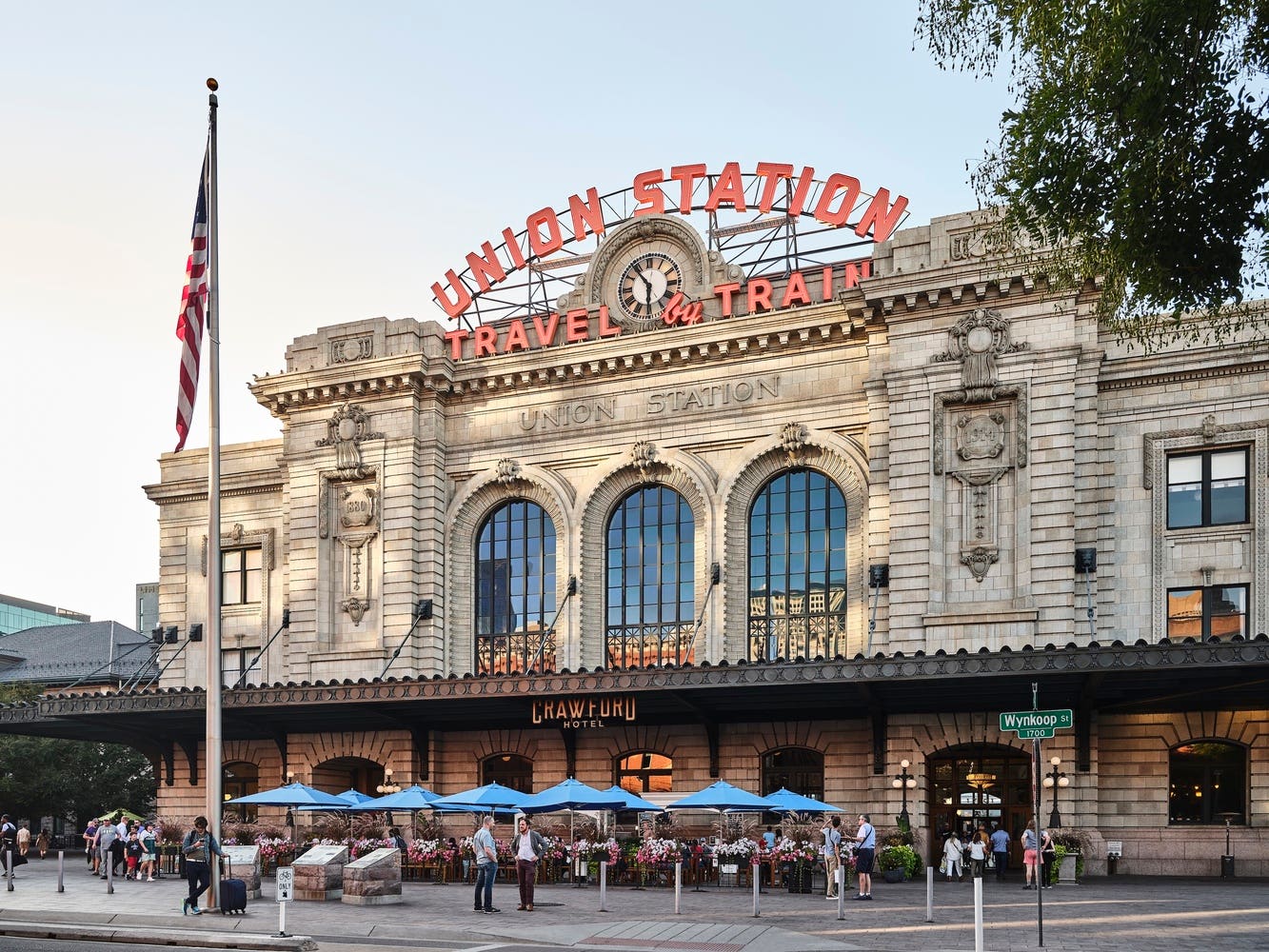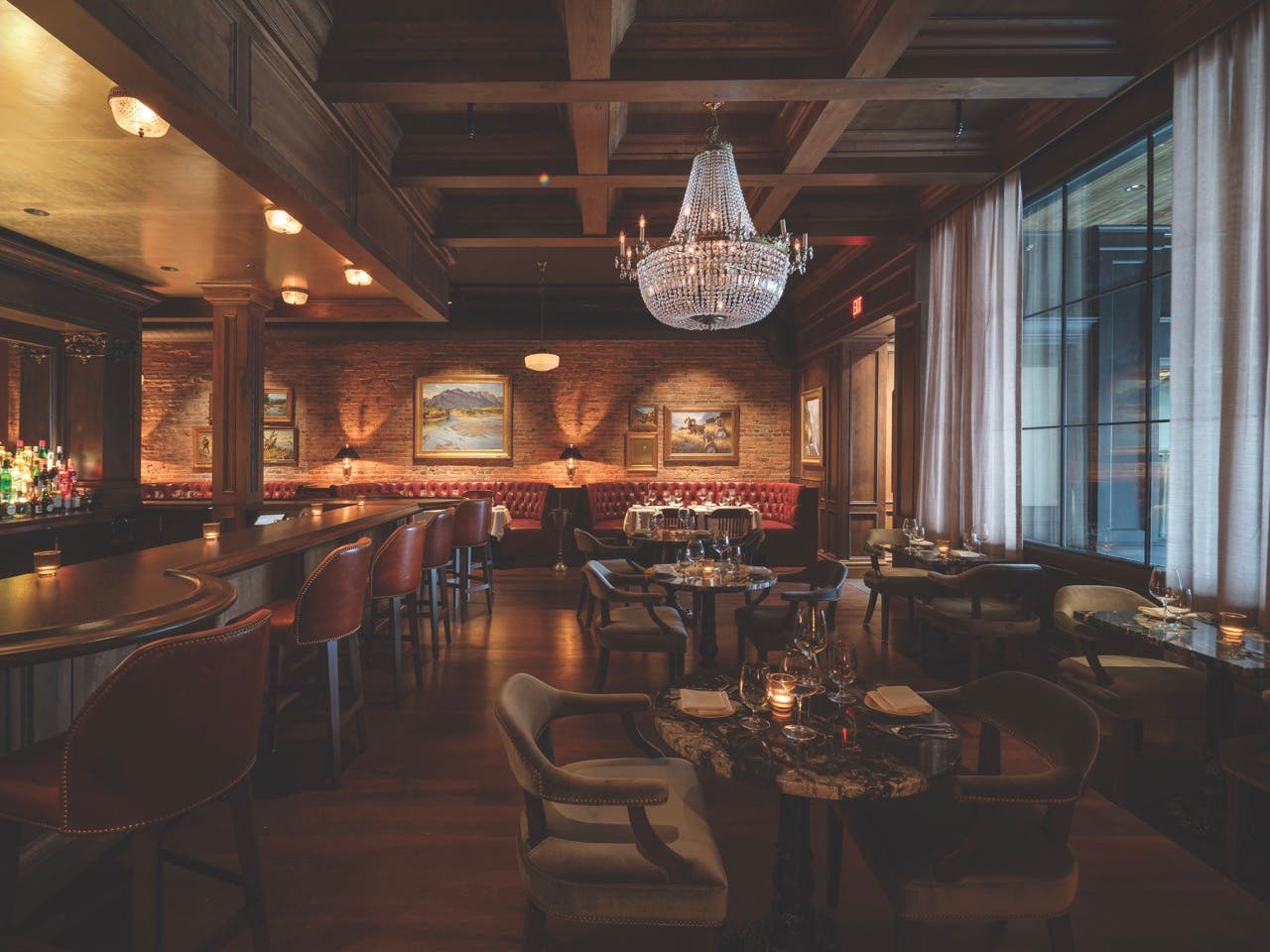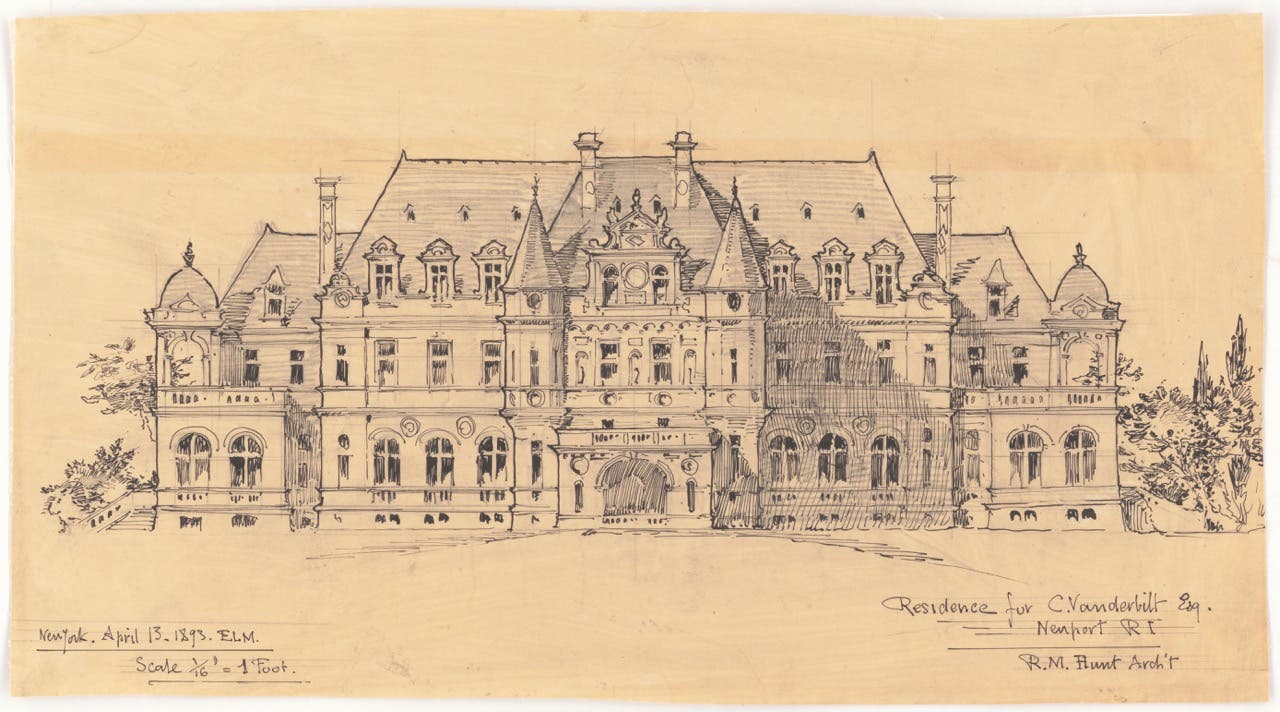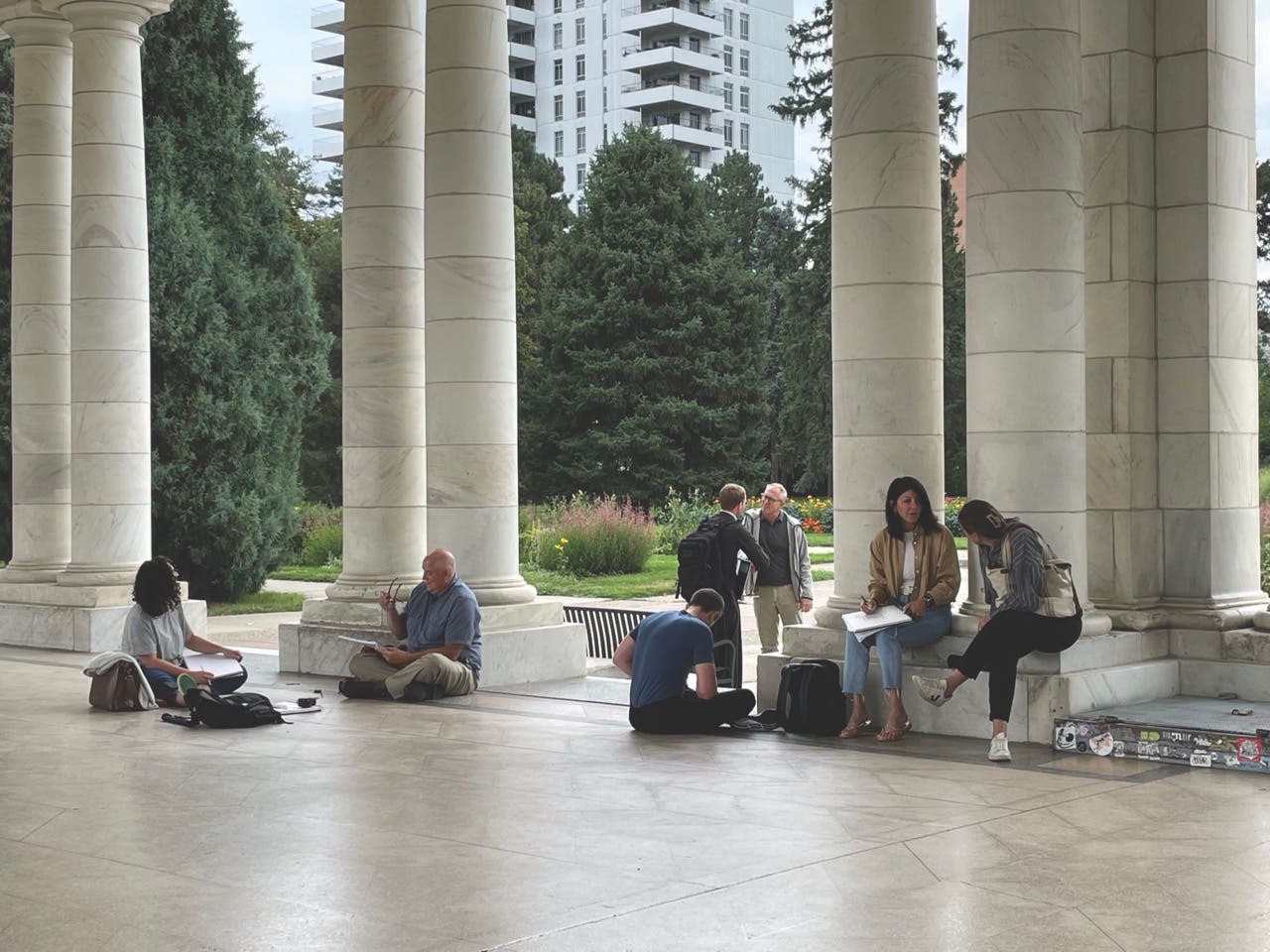
Features
Learning the Language of Classical Architecture
Denver is an architecturally beautiful city, from Civic Center Park, with its Greek amphitheater, to the neoclassical Colorado State Capitol adorned with towering columns and a majestic gold dome.
Buildings like these embody classical architecture, making Denver the perfect backdrop for a recent ICAA Regional Intensive, an eight-day educational program from the Institute of Classical Architecture & Art (ICAA) that immerses students in the language and methodologies of classical architecture.
Despite classical architecture’s beauty and prevalence, its core tenets often aren’t included in educational programs, and many practitioners haven’t studied it in school.
“It’s just not something that’s typically taught in architecture or design programs for any discipline,” says Michael Mesko, professor of the practice at the University of Notre Dame School of Architecture and ICAA trustee and education chair. “It’s virtually absent from the more than 150 schools of architecture that exist in this country.”
Instead, those who are interested in classical architecture are largely self-taught. The Institute of Classical Architecture & Art aims to fill that gap with its Intensive in Classical Architecture, which is held each year in New York City.
In addition, since not everyone can travel to New York City for the eight-day course, ICAA also offers the Regional Intensive, which is held in a different city each year in collaboration with a local ICAA chapter. The 2023 Regional Intensive was held in Denver in collaboration with the ICAA Rocky Mountain Chapter, while ICAA’s New England Chapter will host the 2024 Regional Intensive in Newport, Rhode Island. Other host cities have included Chicago and Los Angeles, among others.
DEEP DIVE

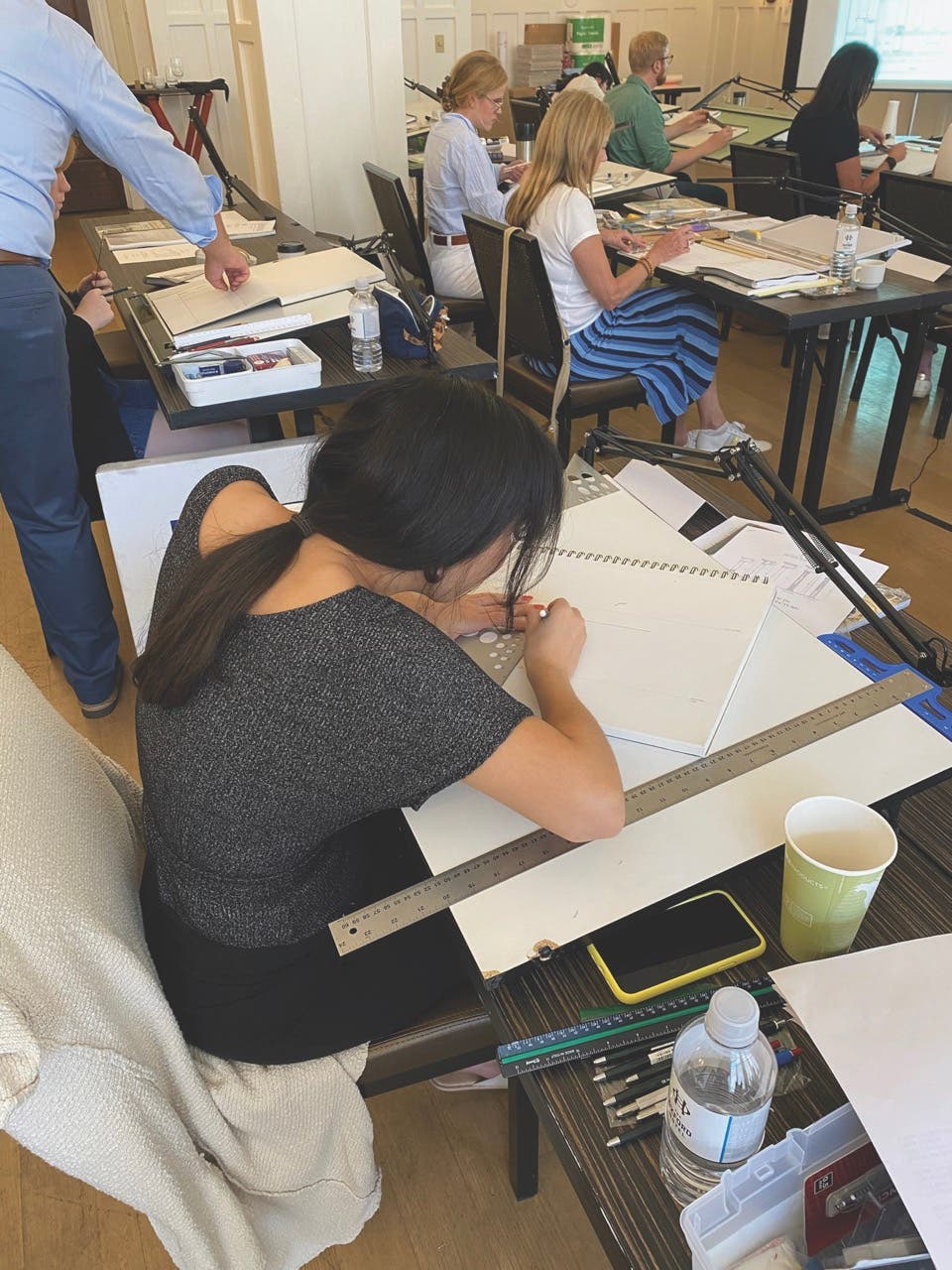
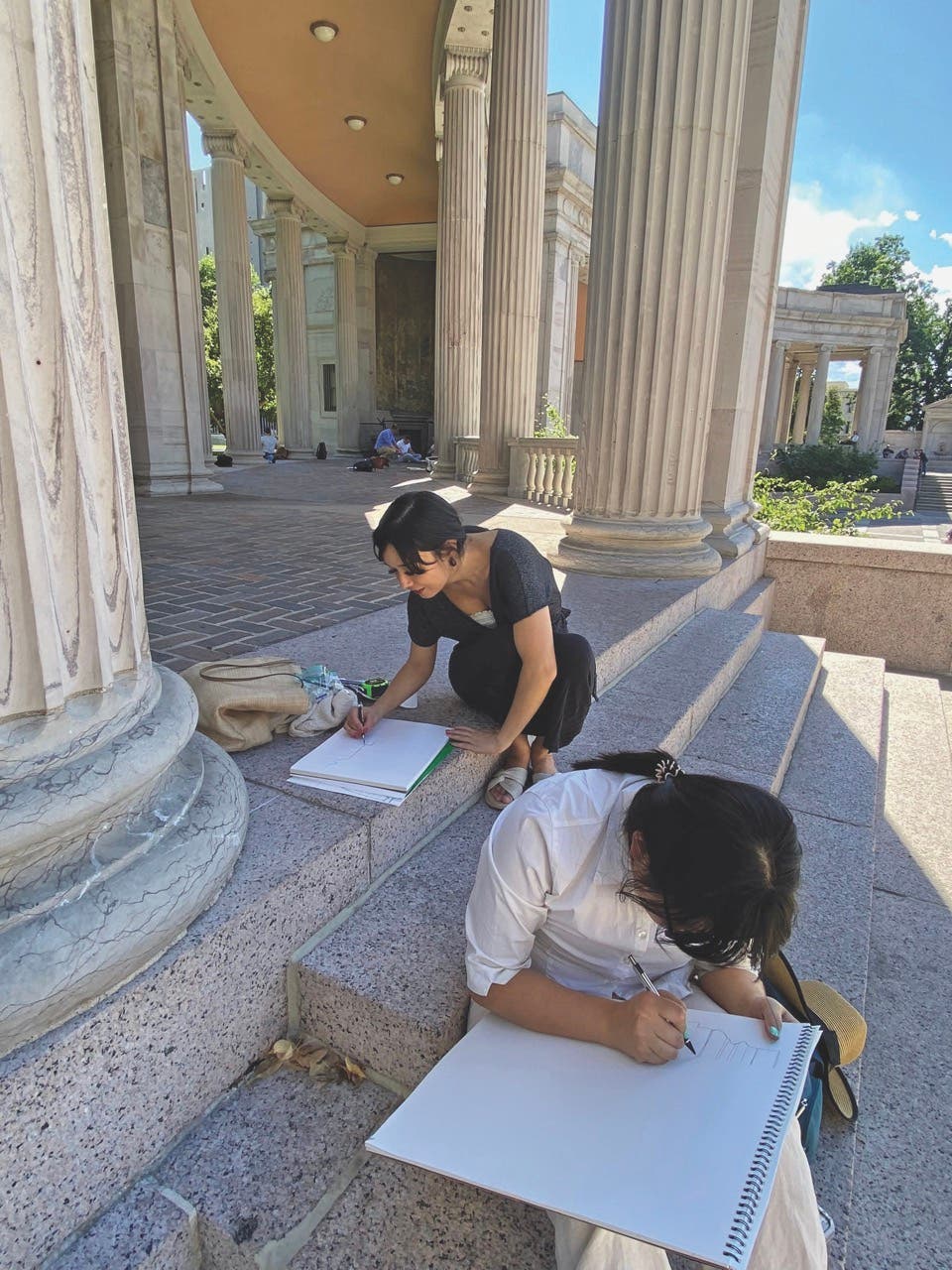
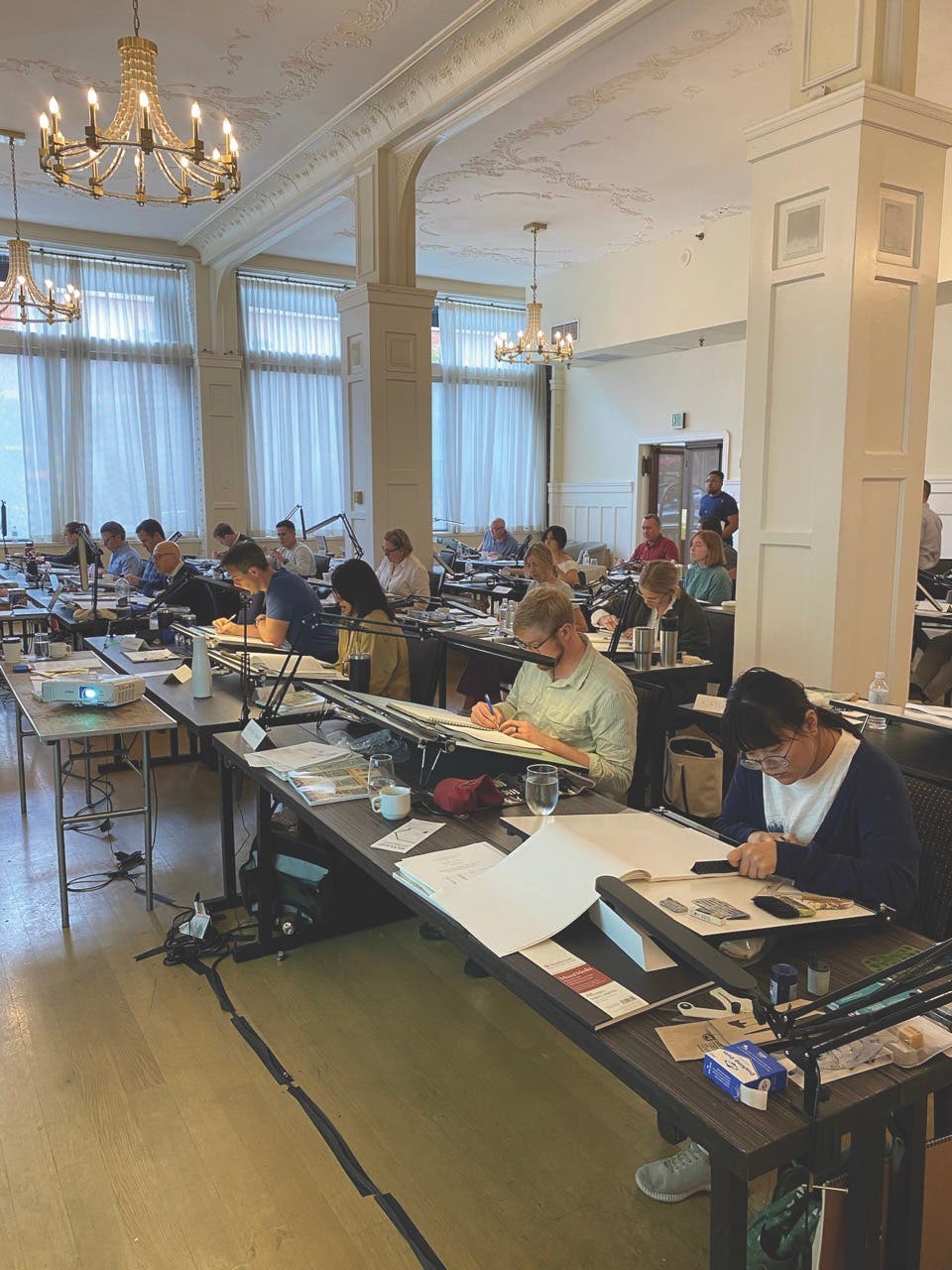
The eight-day Regional Intensive lives up to its name. The curriculum is an intense, hands-on, deep dive into classical architecture taught by practitioners, for practitioners.
“It’s intended to be a weeklong immersion in the study of classical architecture as a practical discipline,” Mesko says. “It’s designed for practitioners who are going to deploy what they’ve learned.”
Most of the course takes place in a studio classroom where participants spend the week learning the five classical orders—the Tuscan, Doric, Ionic, Corinthian, and Composite Types—along with composition, proportion, and architectural representation through drawing and rendering, as well as the study of precedent and the literature of classical architecture.
“Classical architecture has such a root in just basic geometry” says Sarah Gordon, a landscape architect graduate student at Ball State University and Denver Regional Intensive participant. “You really learn that there is this kind of scientific way that these things have been laid out and proportioned.”
Through it all, the participants engage in hand-drawing as they learn how to draw, identify, render, and compose using classical elements.
“It’s really essential that you’re doing that by hand, marching though the drawings and breaking down the proportions of each one of the elements and recording that in your sketchbook as it’s being presented to you,” Mesko says.
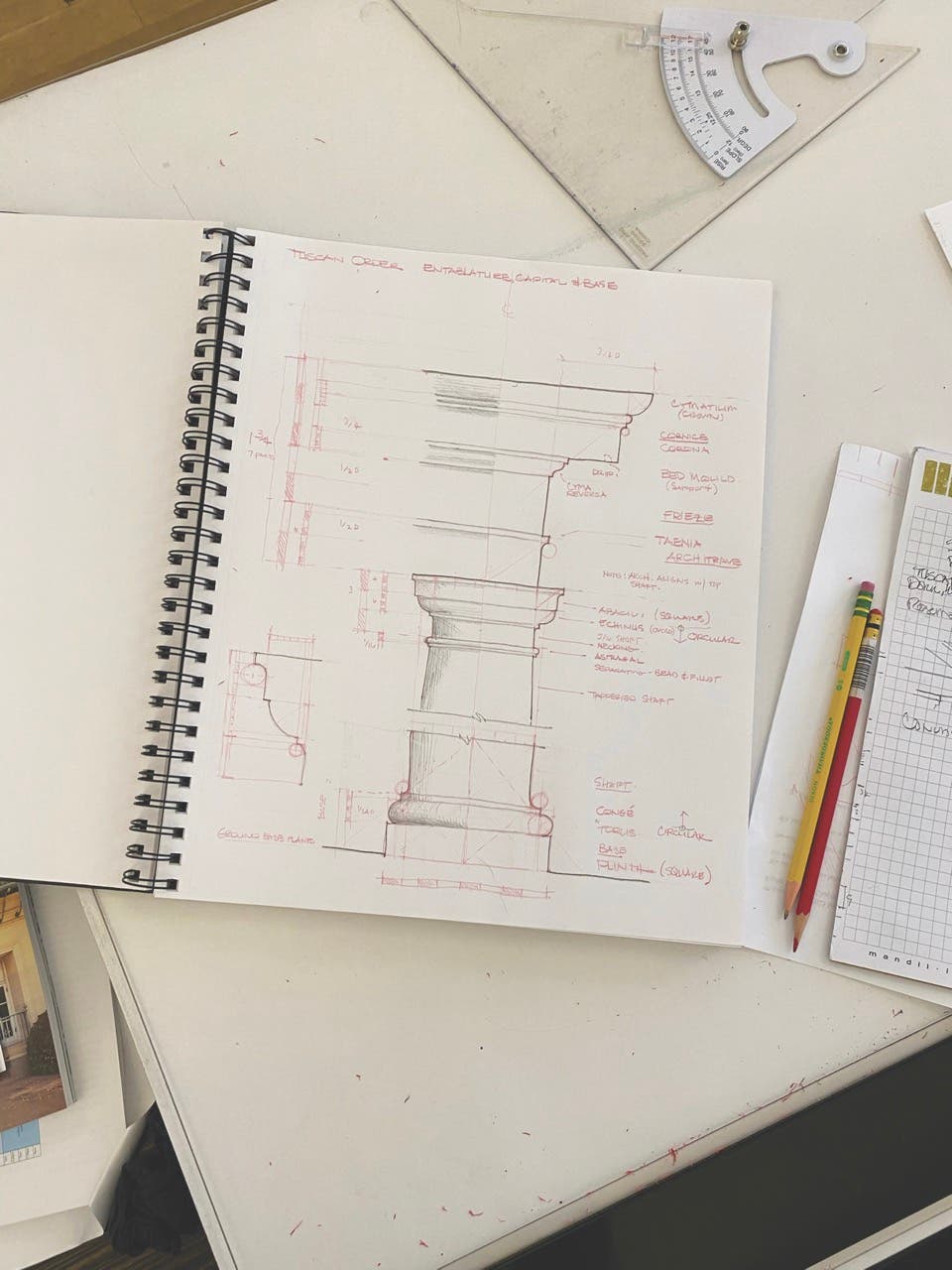
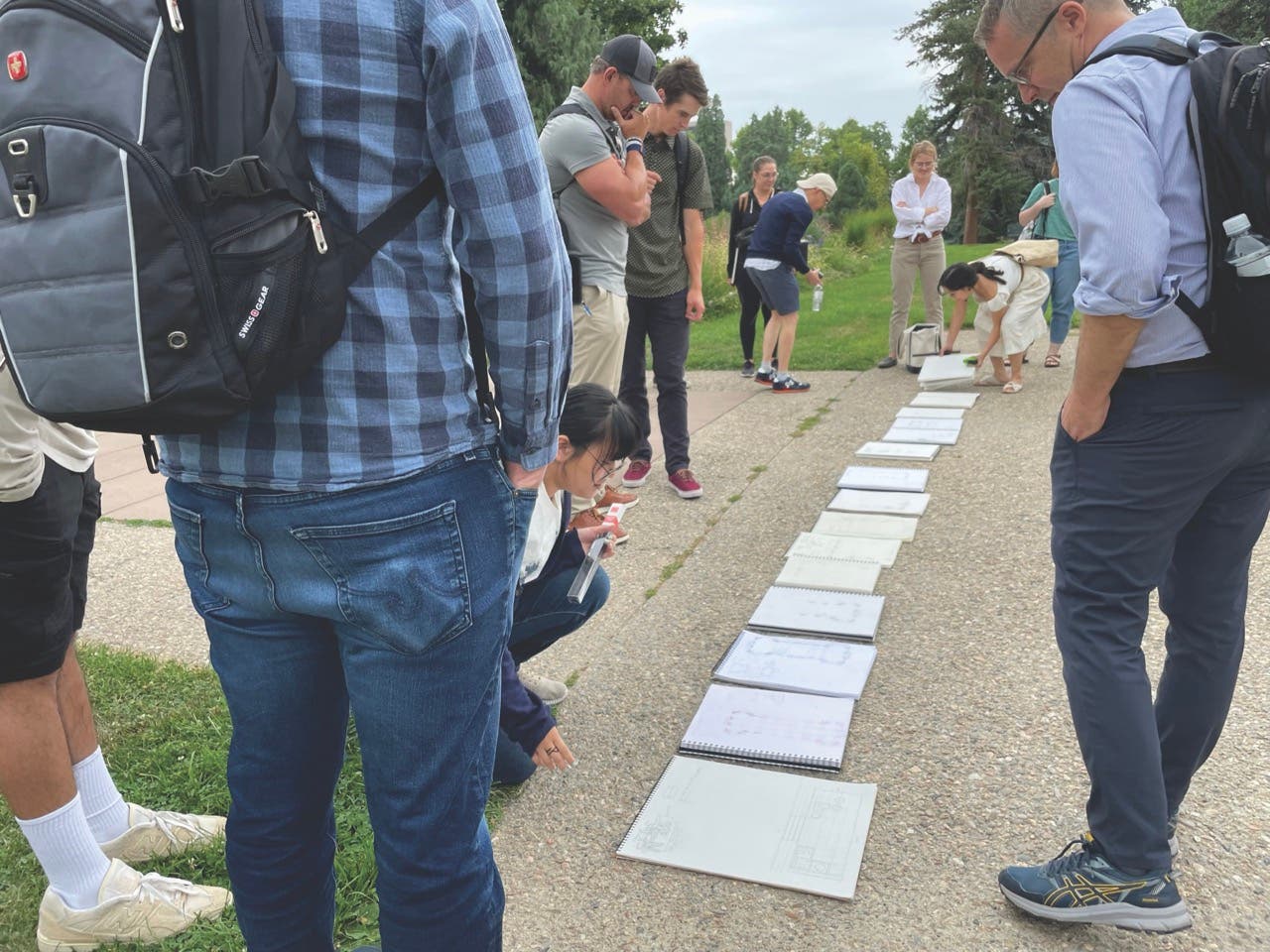
PUTTING IT INTO PRACTICE
Participants will also go out into the field to see examples of classical architecture in the city where the course is being held.
“We use great buildings in New York like the New York Public Library, the Museum of Natural History,” which are “great places to look at the classical language and dissect its use through the process of measured drawing,” Mesko says.
For Stephen P. Ekman, AIA, ICAA, president of ICAA’s Rocky Mountain Chapter and principal architect at the Denver-based Ekman Design Studio, hosting the Regional Intensive in Denver was a chance to bring the course to the Rocky Mountain region for the first time and share Denver’s architecture and history
“It’s about showcasing the city and the town that it’s located in” and providing a kind of “local laboratory” where participants can see real-life examples of classical architecture, Ekman said.
The program ends with a final design project. Denver participants designed a pavilion and presented their design proposals to a panel of instructors and guest architects.
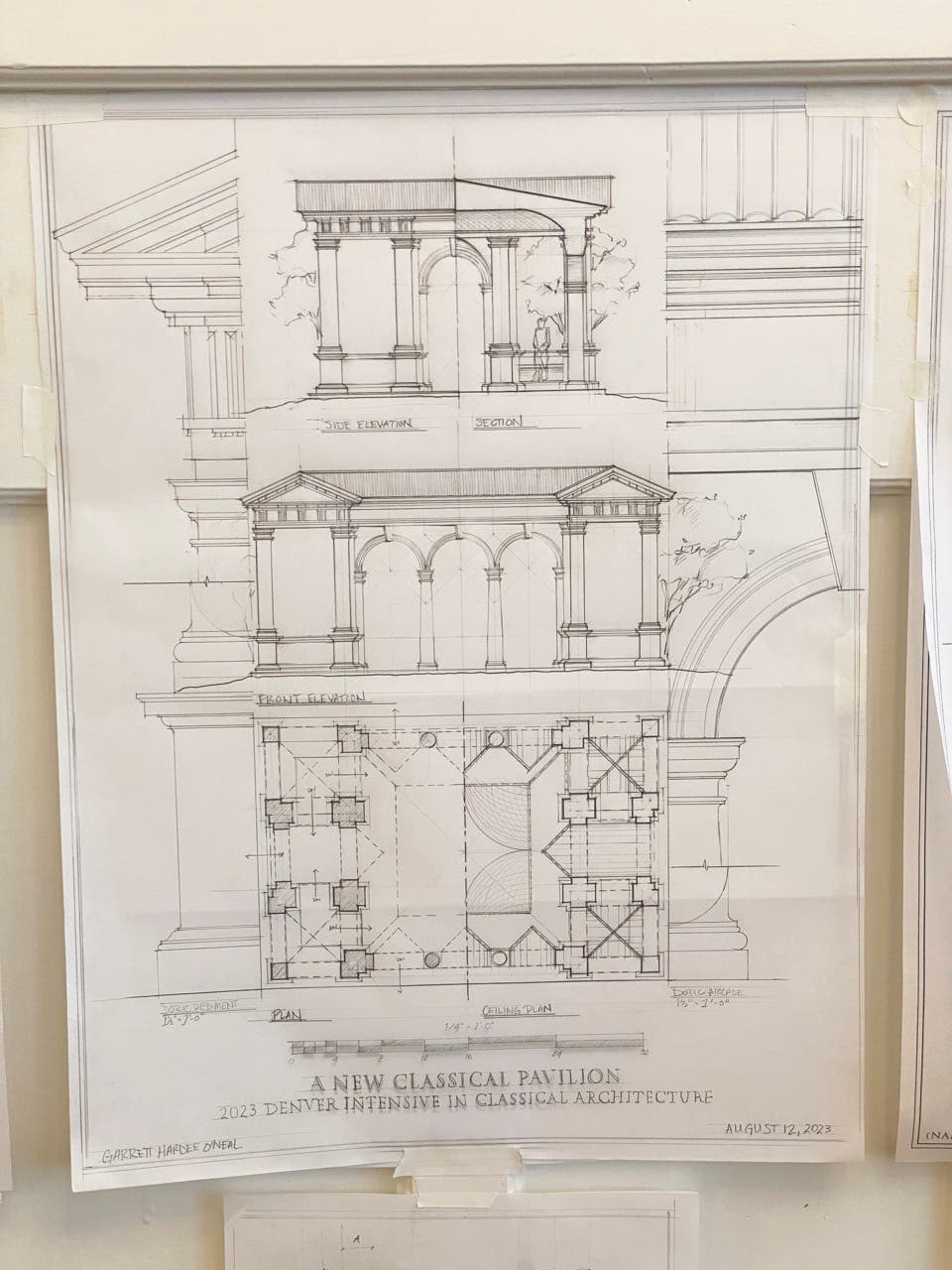
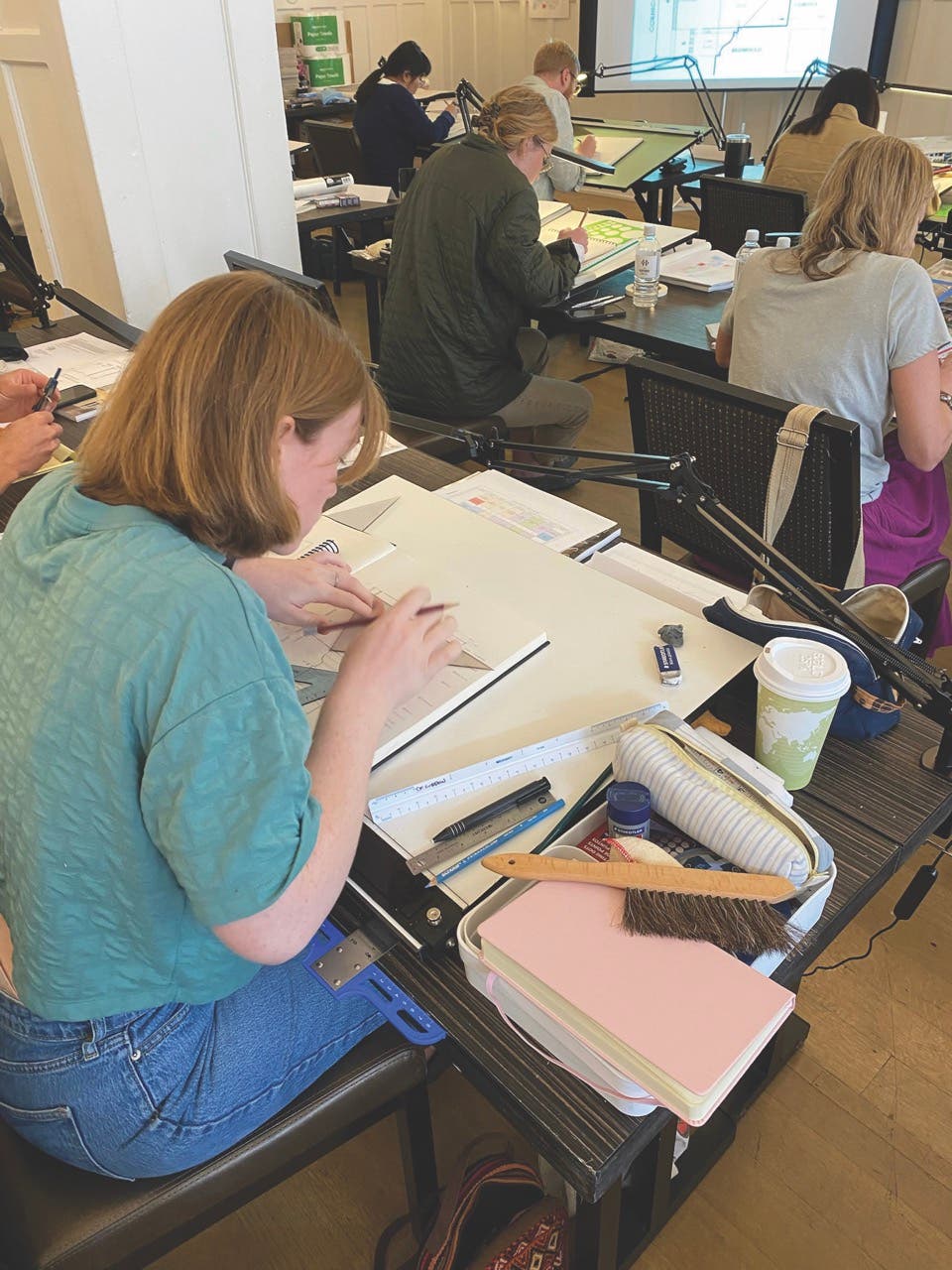

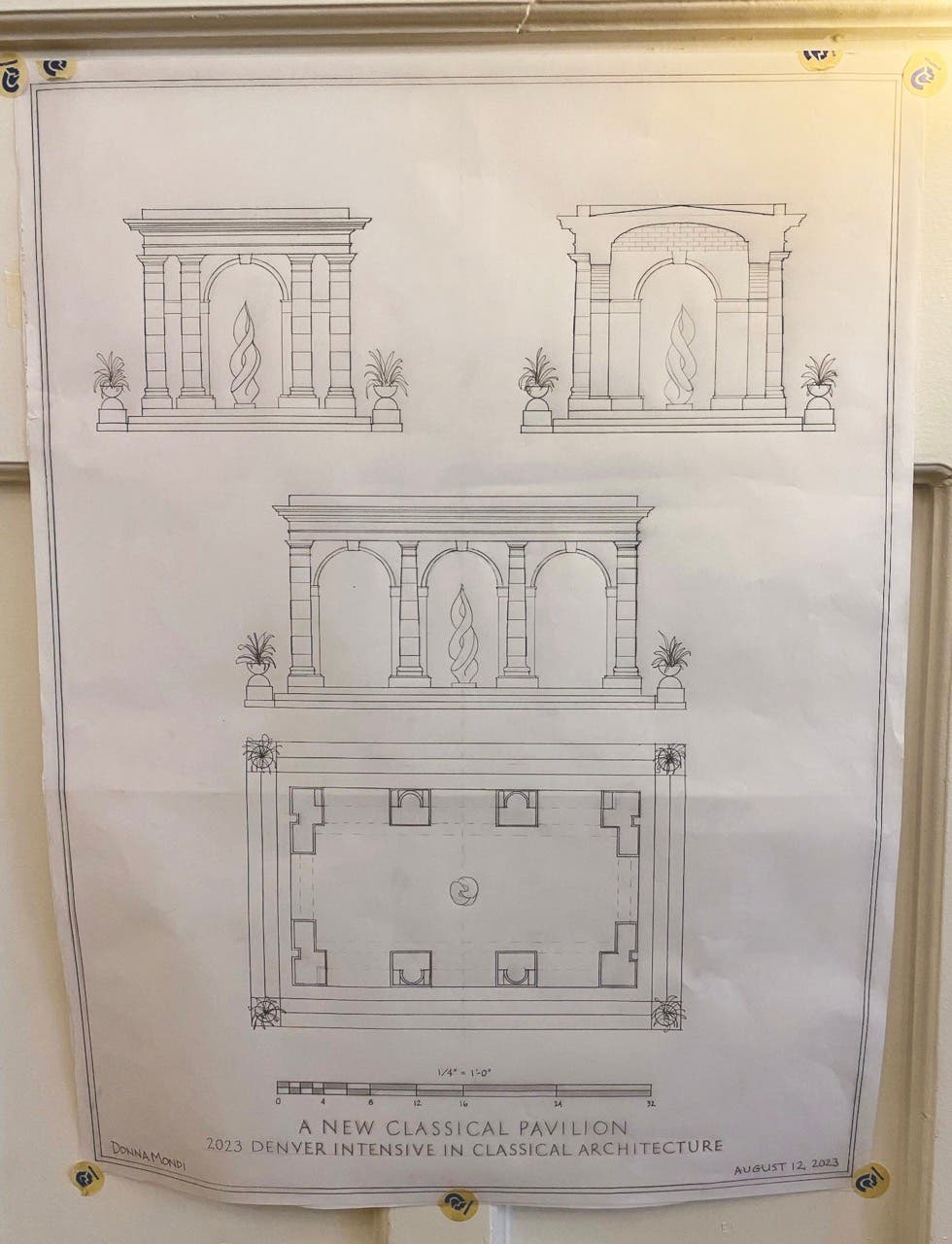
Although the program is only eight days long, Ekman said he was amazed by how much the Denver students—who hailed from around the country and worked in fields as diverse and architecture and interior design to real estate investing and historical preservation—learned and progressed.
“To see how excited they were and the confidence growth to explain their projects was really great,” he said.
The students echoed this sentiment, too.
“I do a lot of traditional work and over the years have tried to self-teach,” said architect and Denver Regional Intensive participant Garrett Hardee O’Neal. “To have such successful—not only practicing architects and designers, but also really accomplished professors—come teach you, is really an incredible resource.”
Mesko says the Regional Intensive provides a solid foundation, but is only the beginning of participants’ learning classical architecture and how to incorporate it into their work.
“It’s seen as not an end point, but really a starting point to build on,” he says.
Landscape architect graduate student Gordon agrees.
“Creating that harmonious or aesthetically pleasing result?” she says. “That’s going to carry on into how I look at designing in the future.” TB



